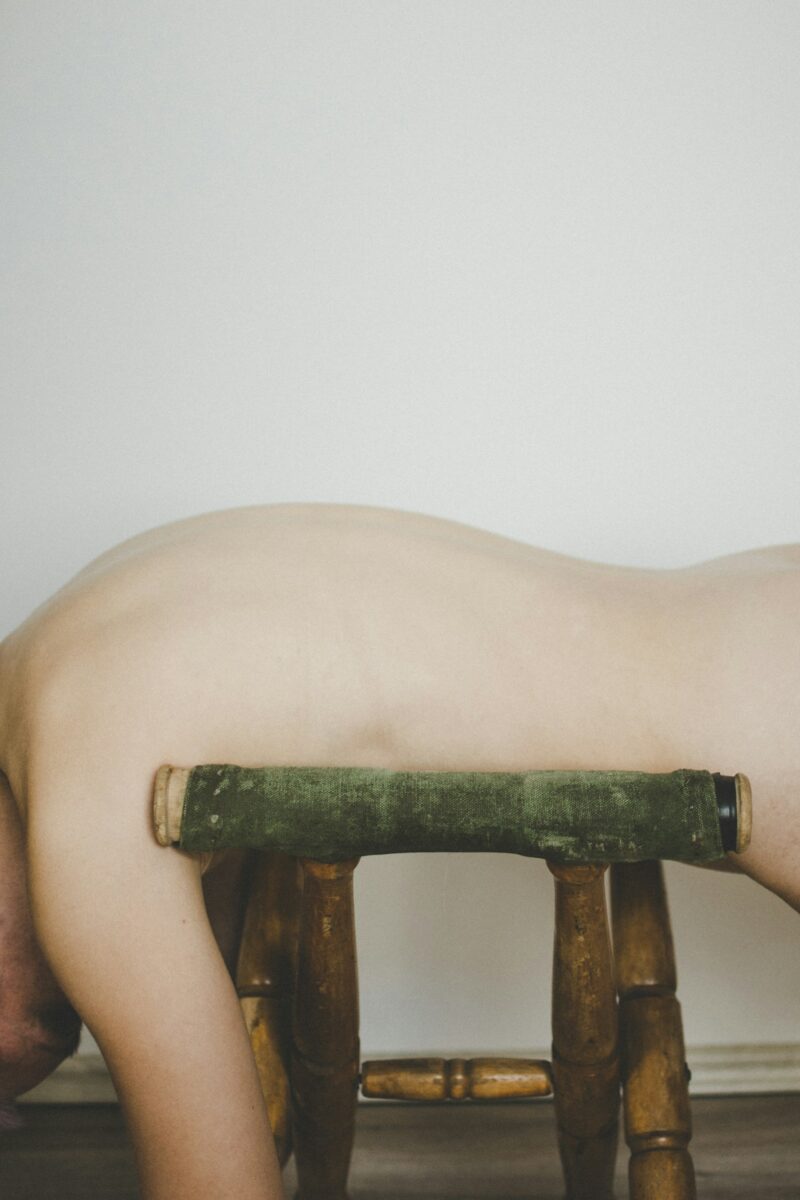Most people in the UK know that making, possessing, or sharing sexual images involving children is illegal, and can lead to severe consequences if a person is found guilty.
However, there are different types of images that are covered by different legislation, which can cause some confusion when establishing whether a criminal offence has been committed.
One such important distinction is between indecent images and prohibited images. Some may use these terms interchangeably, as indecent images are technically prohibited by law, and prohibited images are technically indecent – but they are not the same.
Here is a brief explanation of how prohibited images differ from indecent images, and how the courts can approach these offences differently.
What Is An Indecent Image?
In the UK, it is an offence to make, distribute, or produce indecent images under the Protection of Children Act 1978. It is also an offence to possess indecent images or pseudo-images under the Criminal Justice Act 1988.

An indecent image is an image of a child – under 18 years of age – depicted in a sexual manner. This could involve partial or full nudity, provocative or erotic posing, or engaging in sexual activity (whether penetrative or non-penetrative).
Indecent images include photographs, videos, self-generated images, digitally manipulated images, and electronic data that is capable of conversion into images.
Even pseudo-images – which may be computer-generated or altered using computer graphics software – are treated as real images under the Criminal Justice and Public Order Act 1994.
What Is The Sentence For Indecent Images?
If an individual is convicted of an indecent images offence, the sentence imposed by the court will depend on the nature of the offence and the severity of the indecent images.
Possession of indecent images – storing them where they can be accessed – has the lowest sentence. Distributing or sharing indecent images has a stricter sentence, but the harshest sentences are reserved for the production or creation of indecent images.
Within each of these types of offence, the court will take the severity of the images into account during sentencing. Indecent images are categorised according to what they depict:
• Category A – penetrative sexual activity or sadism; prison sentences start from 2-6 years
• Category B – non-penetrative sexual activity; prison sentences start from 1-4 years
• Category C – indecent images other than A or B; prison sentences start from 1-3 years
Category A offences are more likely to result in a prison sentence, while lower category offences may only result in a significant prison term for distribution or production.
Even in the least serious offences, conviction could result in a custodial sentence of at least 26 weeks.
What Is A Prohibited Image?
When the Protection of Children Act was introduced in 1978, the legislation did not include indecent images that were drawn. This was before computers and the internet enabled the widespread distribution of drawn images and the digital creation of images.

In order to address non-photographic sexual images of children, the Coroners and Justice Act 2009 made it an offence to possess a ‘prohibited image’.
This type of image is pornographic, grossly offensive, or of otherwise obscene character – whether it is a still or moving image – and conveys the impression that the person depicted in the image is a child under the age of 18.
As specified by the Act, a prohibited image focuses on the genitals or anal region of the depicted child, or portrays them engaged in any sexual activity listed under Subsection 7.
While both offences involve obscene images of children, indecent images are actual photographic images or pseudo-images made to appear as photographs, while prohibited images involve imagined versions of children depicted in a drawing.
For example, a prohibited image could be a sketch, painting, cartoon, or any other artwork that is not a real image of a real child as covered by the Protection of Children Act.
Additionally, prohibited images must also fulfil the criterion of being produced solely or primarily for the purpose of sexual arousal in order to be deemed as pornographic.
What Is The Sentence For Prohibited Images?
There is a different level of criminality to prohibited images than indecent images that depict the real sexual abuse of real children, which the courts recognise.
In many cases, it may not be in the best interest of justice to pursue a conviction for prohibited images, as there is a higher bar to prove that the prohibited image is of a child and produced for pornographic purposes.
For example, drawn images may depict childlike characters with some adult features, and some may have been produced for the purpose of humour rather than sexual arousal.
Someone accused of possessing a prohibited image could claim this as a defence – but other possible defences include a legitimate reason for having the image, lack of knowledge of the image or what it depicted, or receiving an unsolicited image that was permanently deleted or destroyed.
However, if all of the legal criteria for a prohibited image are met, the penalty upon conviction could range from a statutory fine to a prison term of up to 6 months–3 years, or both.
Due to the difficulty in meeting all of the criteria without reasonable doubt, the courts may choose not to pursue a prohibited images charge if there is little chance of conviction. They are more likely to pursue charges if indecent images are also involved.
Legal Advice For Indecent Images
Unless you are a professional well-trained in this area of law, it can quickly become murky and confusing. This is why it is best to consult a solicitor right away if you find yourself accused of an indecent images offence or related prohibited images offence.
Their expert knowledge and experience in handling such cases could make all the difference between an acquittal and conviction, or between a community order and a prison sentence.
Under the guidance of a specialist, you will have the best chance of avoiding charges, or the strongest possible defence if your case goes to court – in which case, your solicitor could help you to disprove the charges, or secure a lenient but fair sentence.